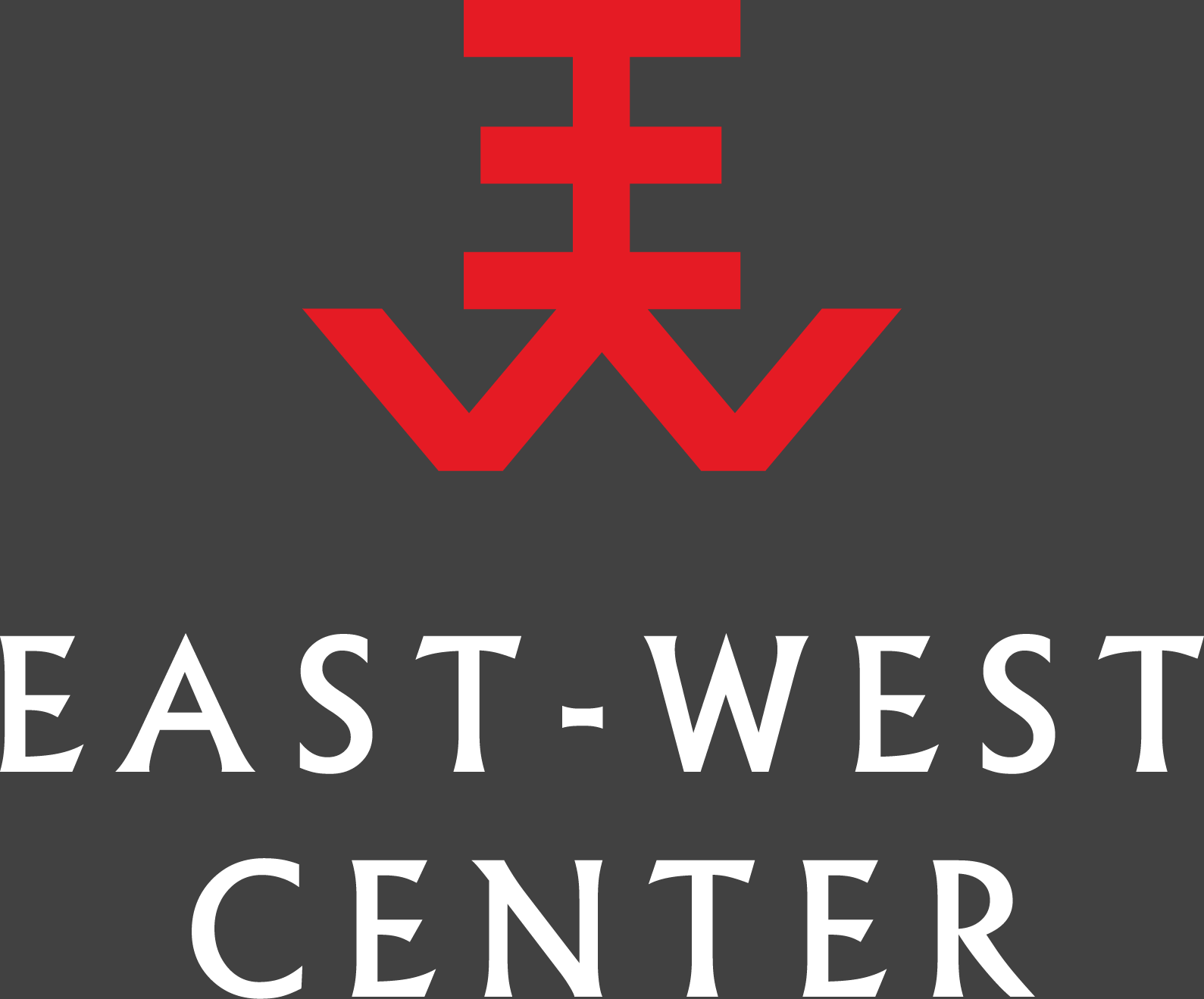►▼ Where is this data from?
This data is from the Integrated Information System for Separated Families, an agency managed by the South Korean Ministry of Unification (MOU) in collaboration with the ROK National Red Cross. Figures for participants in privately organized family reunions come from applications to the ROK government for reimbursement.
As of the end of 2019, the number of registered South Korean persons with family in the North was 133,370. Of those registered persons, 80,640 are listed as deceased and 52,730 are listed as survivors. However, these figures are not comprehensive – not all members of separated families in South Korea register with the national database. The National Archives of Korea estimates that as many as 10 million families were separated during the war.
►▼ How have the governments of North and South Korea organized family reunions?
Since the end of the Korean War, transit, mail, and telecommunications between the two Koreas have been minimal and tightly controlled, leaving divided family members unable to communicate with their relatives across the DMZ. The governments of North and South Korea first held discussions on family reunion meetings in 1971-72, during a period of inter-Korean dialogue facilitated by the ROK and DPRK chapters of the Red Cross; however, the two sides did not reach agreement at this time. The first official government-supported inter-Korean family reunion meetings took place in 1985 when 35 South Korean families visited relatives in Pyongyang and 30 North Korean families visited relatives in Seoul. However, reunions did not resume until 2000, following the first inter-Korean summit between ROK President Kim Dae-jung and DPRK leader Kim Jong Il.
From 2000 to 2007, when South Korea’s “Sunshine Policy” ended, 16 rounds of inter-Korean family reunion meetings took place, most of them occurring at the Mt. Kumgang resort in the North. In addition to these meetings, some divided families were able to achieve “confirmation of status” (learning whether family members on the other side of the DMZ were still alive); exchange letters with separated family members; or participate remotely in “video reunions.” Reunions became more irregular beginning in 2008, becoming tied to DPRK demands on issues including South Korean aid, the re-start of South Korean tours to the Mt. Kumgang resort (which ended in 2008), and U.S.-ROK joint military exercises. Since the 2000 Summit, government-organized family reunions have brought more than 4,000 families and 18,000 individuals together with relatives on the other side of the border.
Selection of South Korean participants in these reunions is by lottery. The selection process of North Korean separated family members is currently unknown, but human rights advocates have argued that songbun (North Korea’s social classification system) likely determines their selection.
In 2013, the South Korean National assembly amended the “North-South Mutual Confirmation of Status Act” to include a provision for the creation and maintenance of a government-run DNA database for divided families, allowing future generations to make posthumous connections. Between 2014 and 2016, the government collected 12,515 DNA tests from surviving family members.
►▼ How are private family reunions organized?
Many separated families in South Korea have sought the help of third-party organizations to facilitate reunions. After the normalization of relations between South Korea and China in 1992, a number of family reunions have taken place in China. In 1998, the South Korean government passed the “Guidelines for Supporting Divided Families Exchange Act,” to reimburse South Korean separated family members for costs incurred in arranging such reunions. Such reunions pose risks for North Korean participants, however, and their frequency has declined significantly in recent years.





